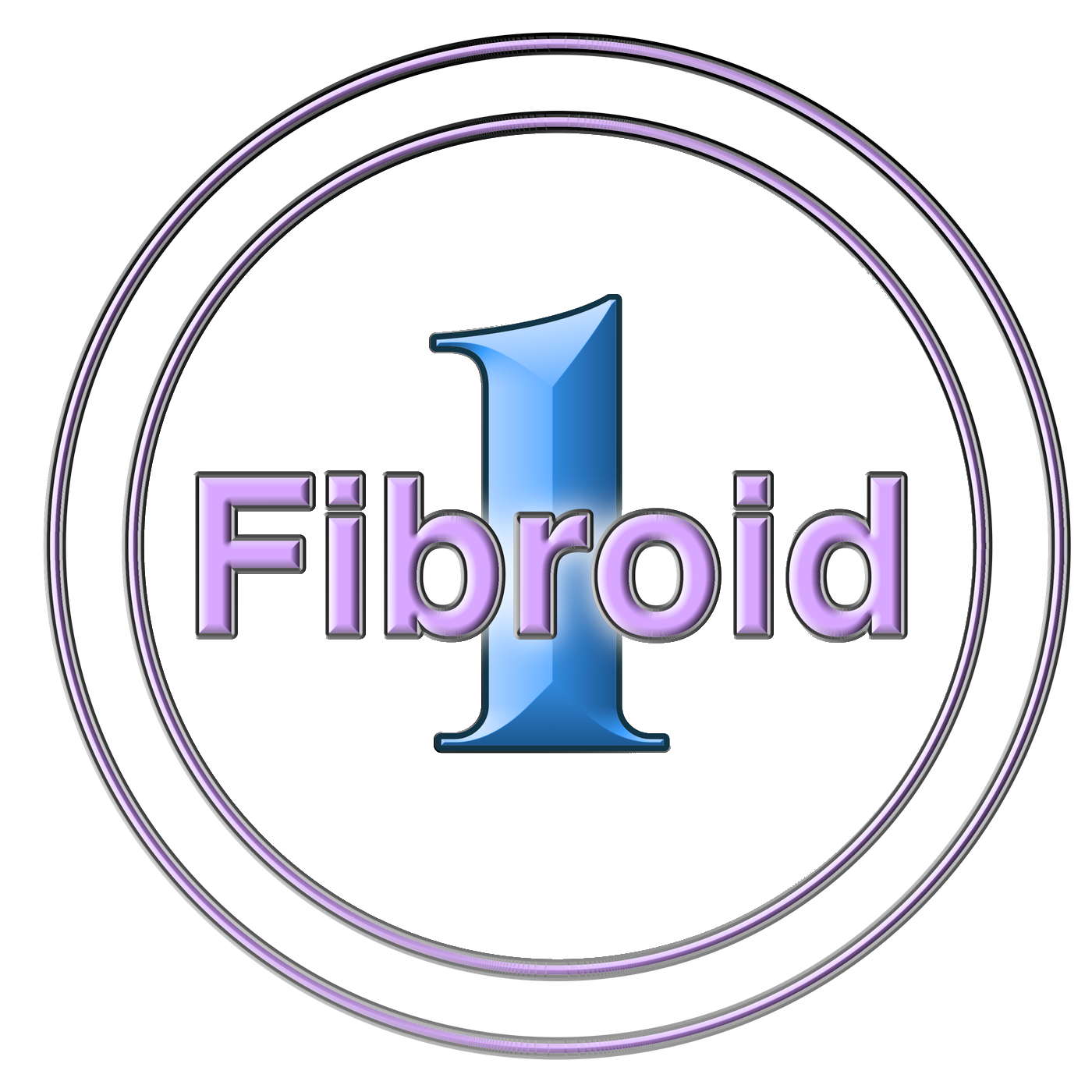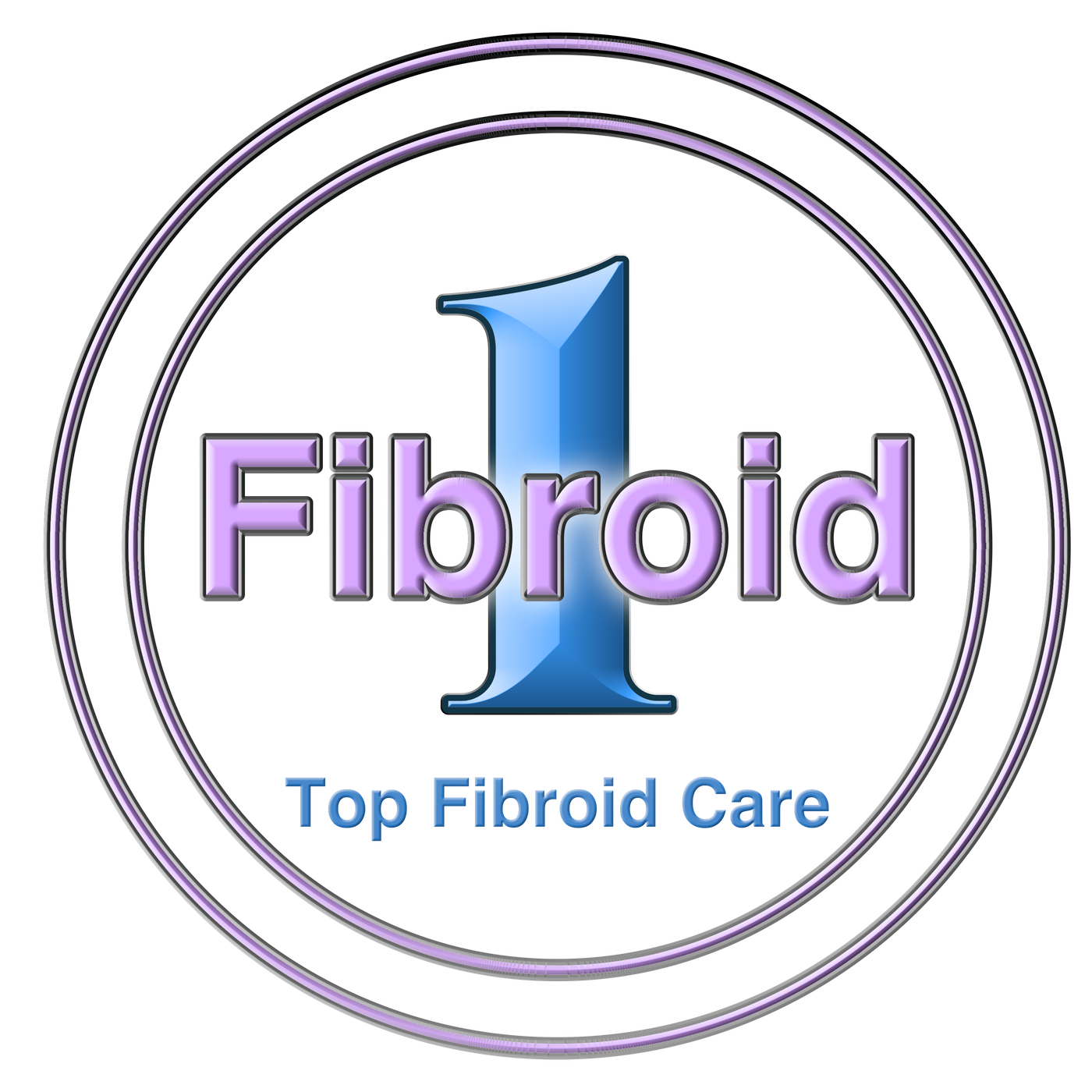When endometrial tissue forms and grows into the wall of the uterus, it’s a condition known as adenomyosis. It most frequently appears in women late in their childbearing years and tends to fade after menopause. Those suffering from this condition tend to experience symptoms such as prolonged menstrual bleeding, or heavy menstrual bleeding. These often appear with one or more of severe cramping, blood clots that are passed during menstruation, and painful intercourse.
Understanding Adenomyosis And The Possible Treatments
There are a number of other uterine conditions that can produce symptoms similar to adenomyosis. This often makes it difficult to specifically diagnose this condition. Among the conditions that can produce similar symptoms are fibroid tumors, growths in the uterine lining, and the growth of uterine cells outside the uterus itself. The last two conditions are known as endometrial polyps and endometriosis, respectively. Adenomyosis is often issued as a diagnosis after ruling out these other conditions.
Your physician may determine you have adenomyosis based on:
- Signs and symptoms
- A tender, enlarged uterus
- Ultrasound imaging
- Magnetic resonance imaging (MRI)
In some circumstances, your physician may need to perform an endometrial biopsy. This is done to rule out more serious conditions and involves collecting a sample of uterine tissue. While this will rule out other conditions, it will not produce an adenomyosis diagnosis.
Pelvic imaging is used to look for signs of adenomyosis, often with an MRI or ultrasound. However, the only method that can confirm the diagnosis is an inspection of the uterus following a hysterectomy. This step is generally discouraged as the condition generally passes after menopause. However, it may be called for depending on how far you are from that stage of life.
Prior to this option being selected, less invasive methods will be attempted to control your symptoms, including:
- NSAIDs – These anti-inflammatory drugs, called Non-Steroidal Anti-Inflammatory Drugs, can be used to help control pain associated with the condition. Common examples include Motrin IB, Advil, and ibuprofen. Starting a regimen of taking them a day or two before your period starts can ease pain and help reduce heavy flow.
- Hormone Medications – Some patients experience benefits from taking estrogen-progestin birth control pills, or using patches or vaginal rings that contain hormones. For these patients, the result is a reduction in pain and bleeding associated with this condition. Forms of birth control that case amenorrhea, or cessation of menstruation, can also provide relief. Examples include intrauterine devices and progestin-only medication.
Getting a hysterectomy is the last stage of treatment and is the removal of your entire uterus. This step is saved for when all other approaches have proven unsuccessful. While some hysterectomy procedures involve removal of the ovaries, that won’t be necessary for treating adenomyosis.
Speak To Your Specialist For More Information
If you’re experiencing symptoms similar to those found with adenomyosis, speak to your women’s health specialist. They’ll schedule you for a full exam, and take steps to eliminate other potential conditions. If a diagnosis of adenomyosis is reached, treatment steps will be taken to help alleviate your symptoms.












